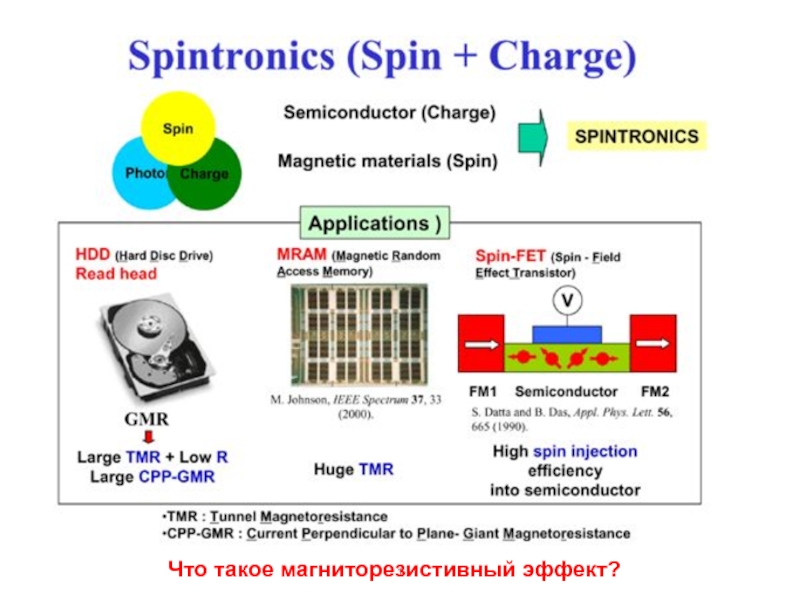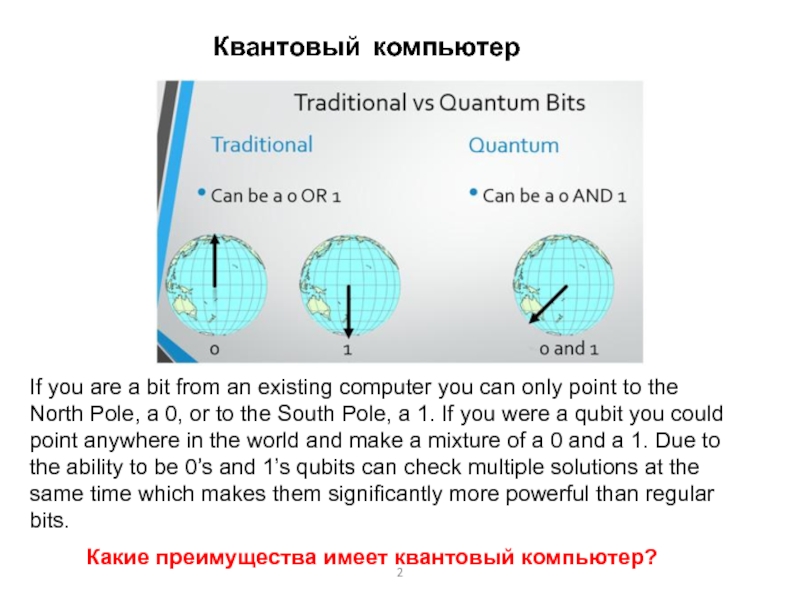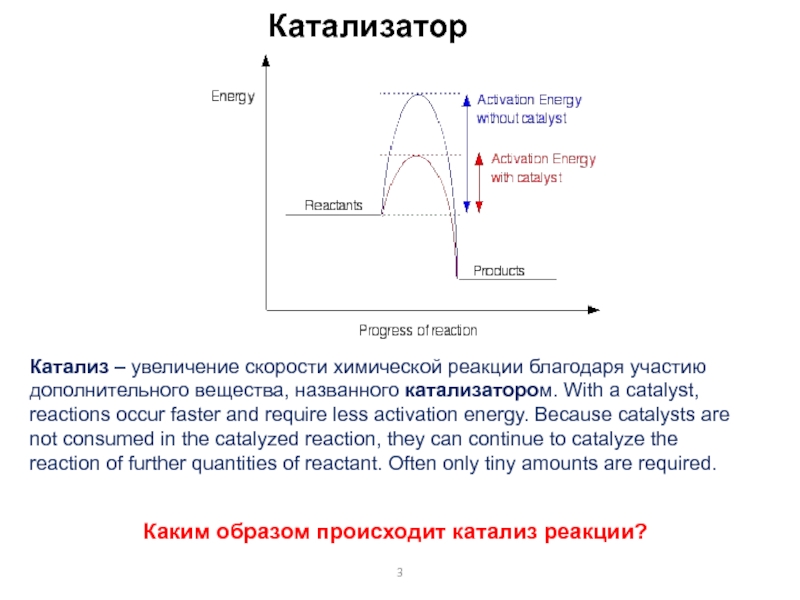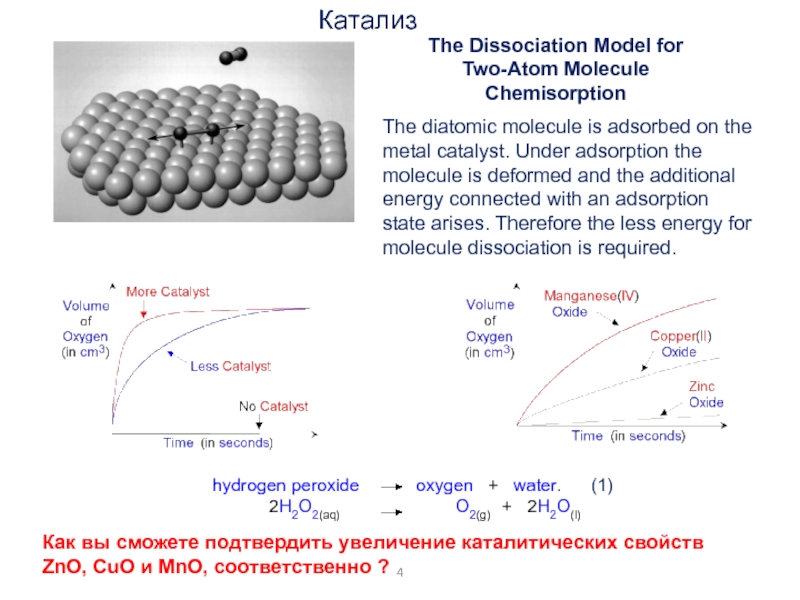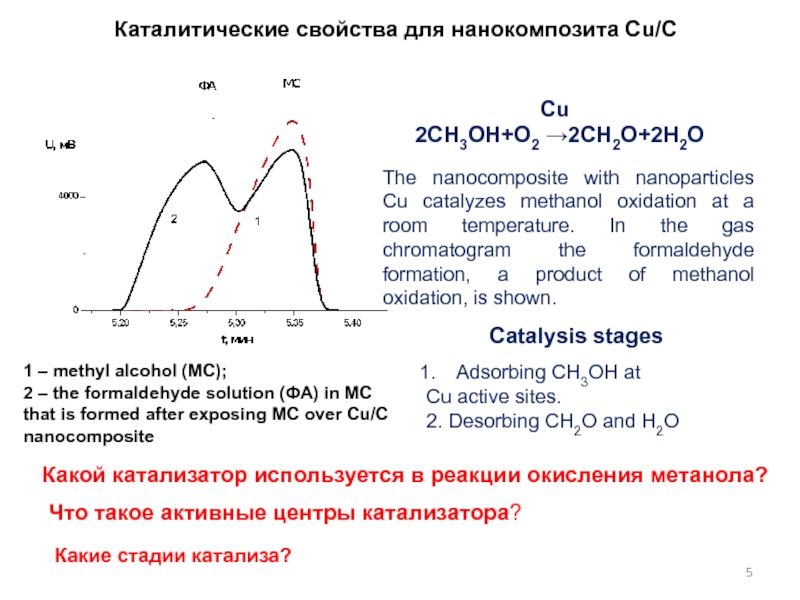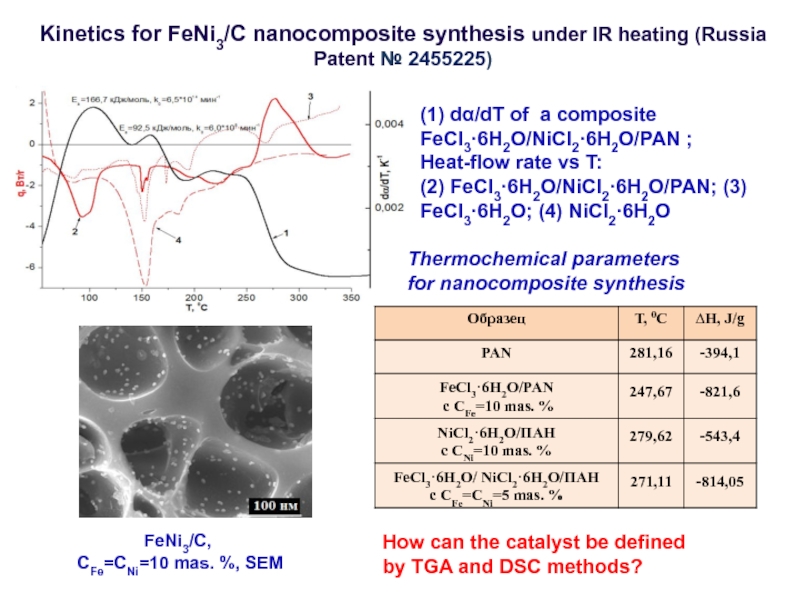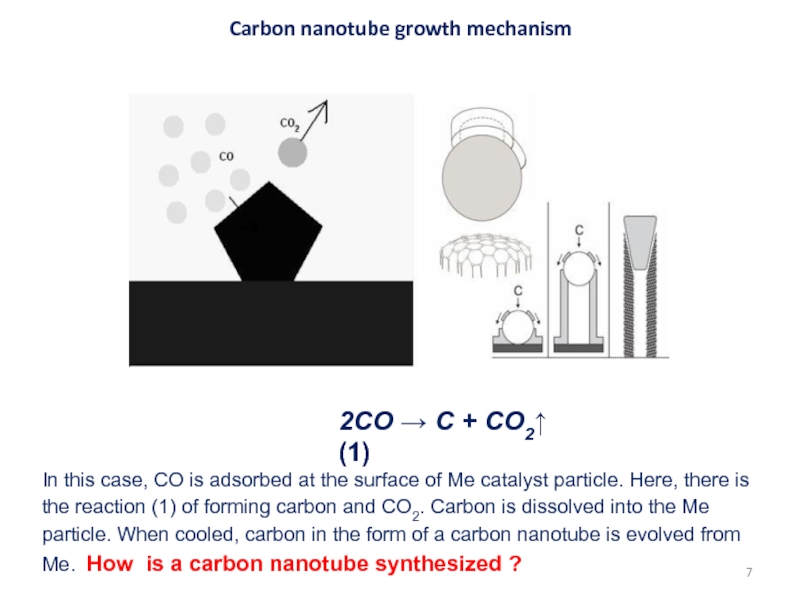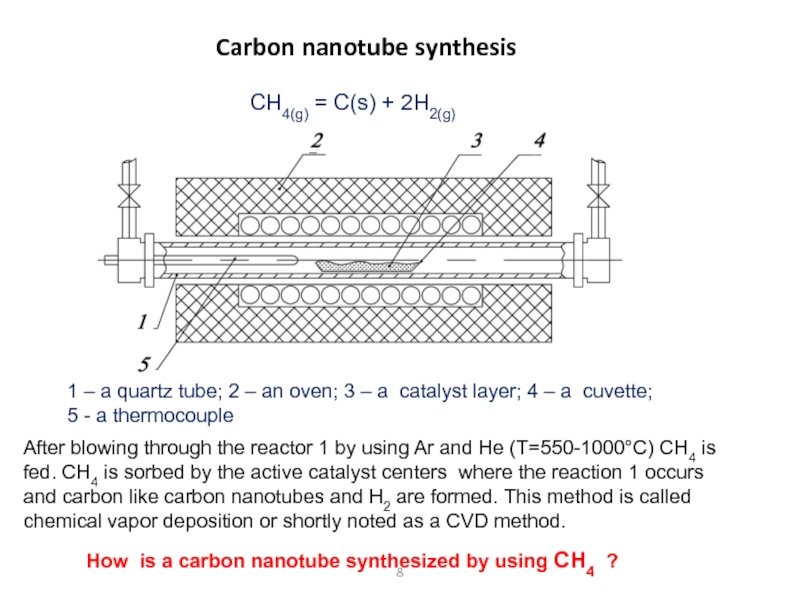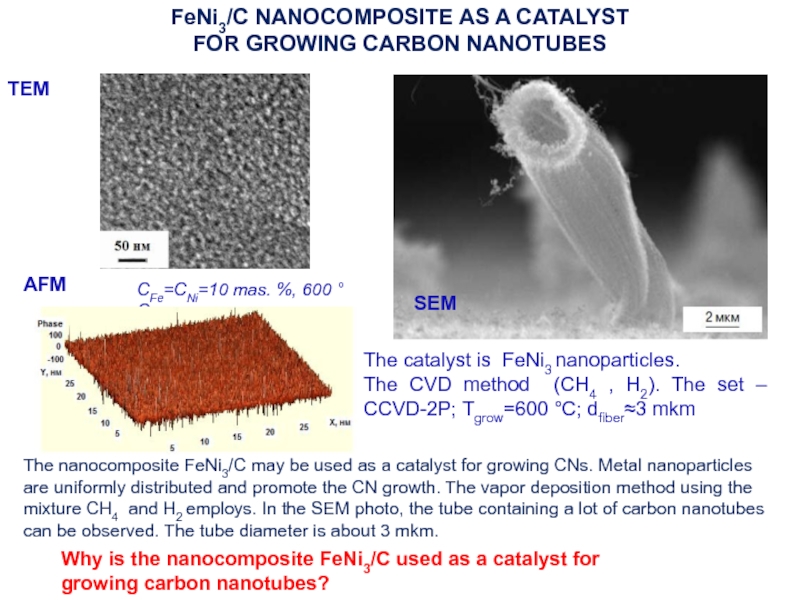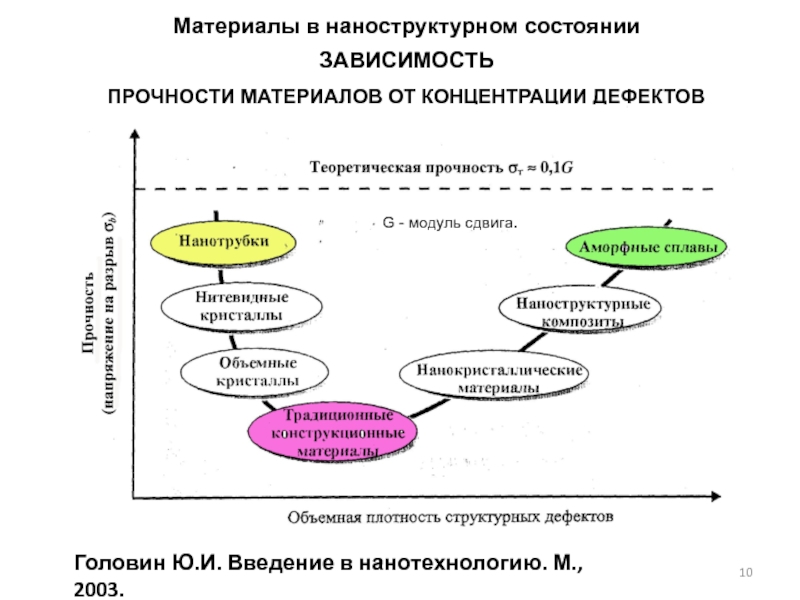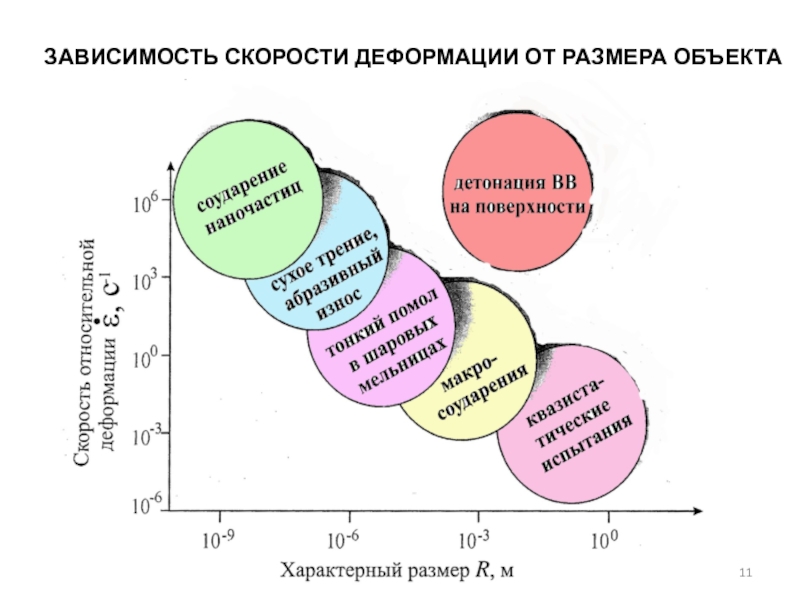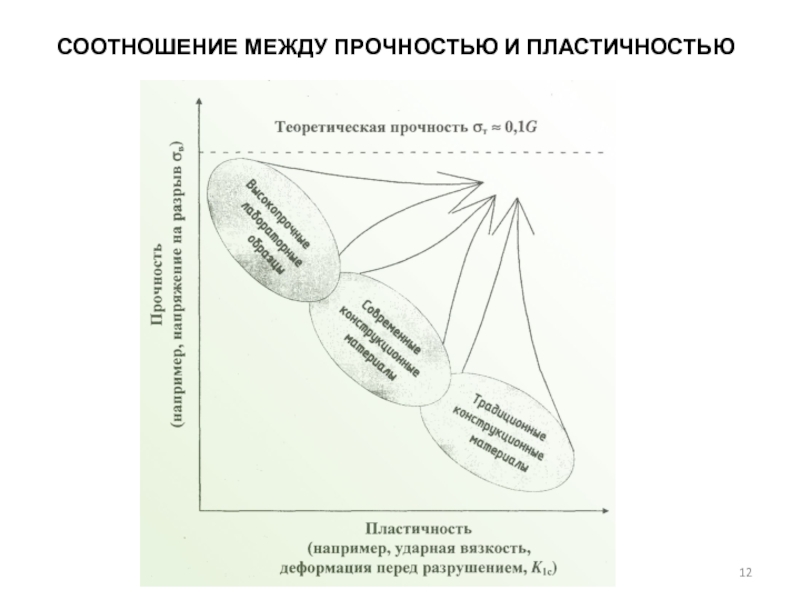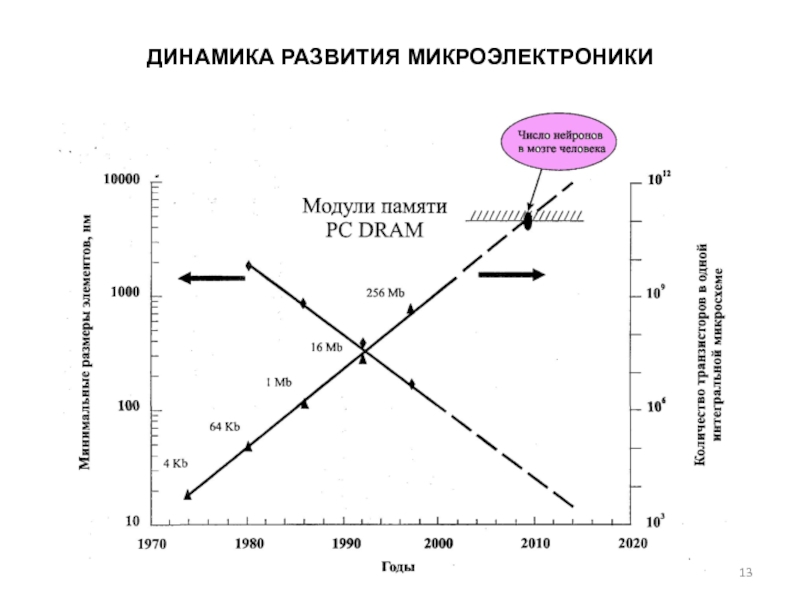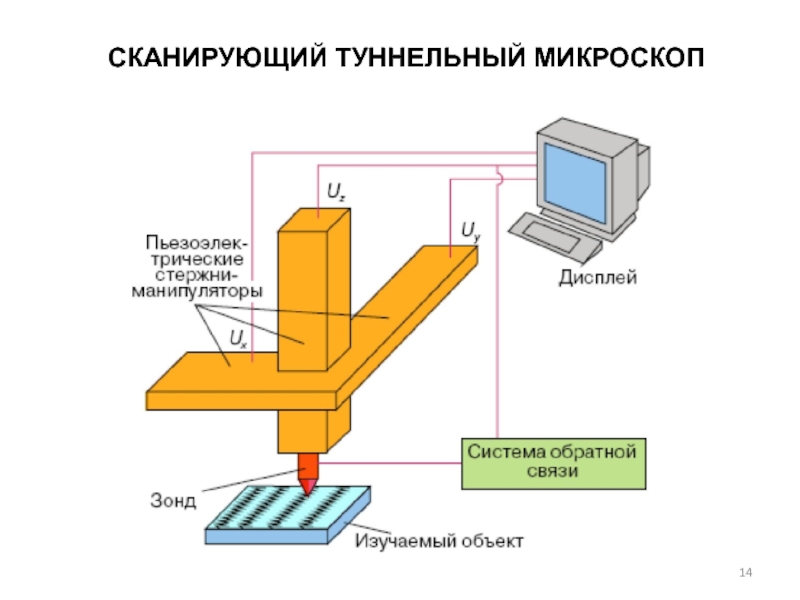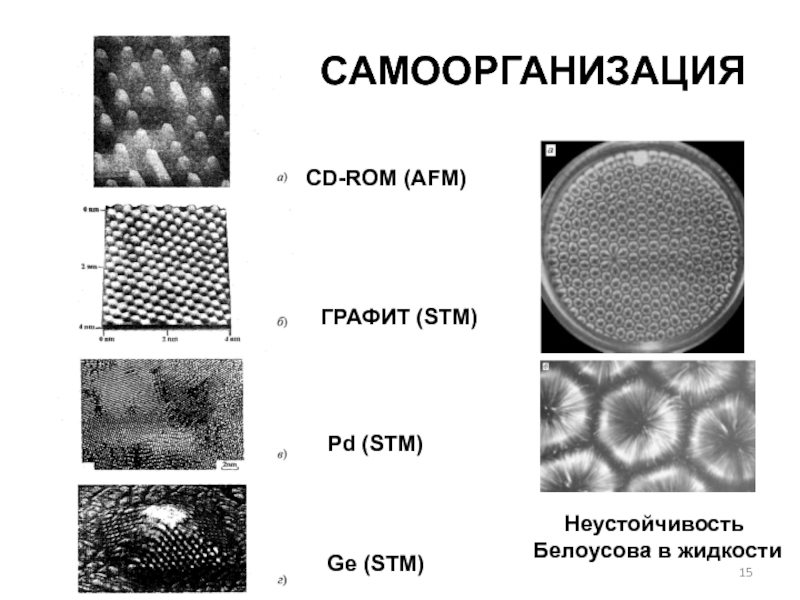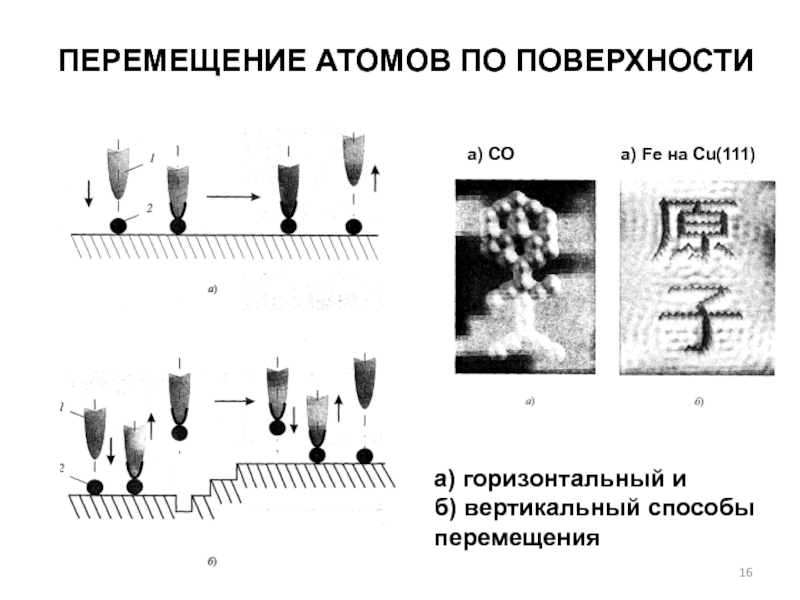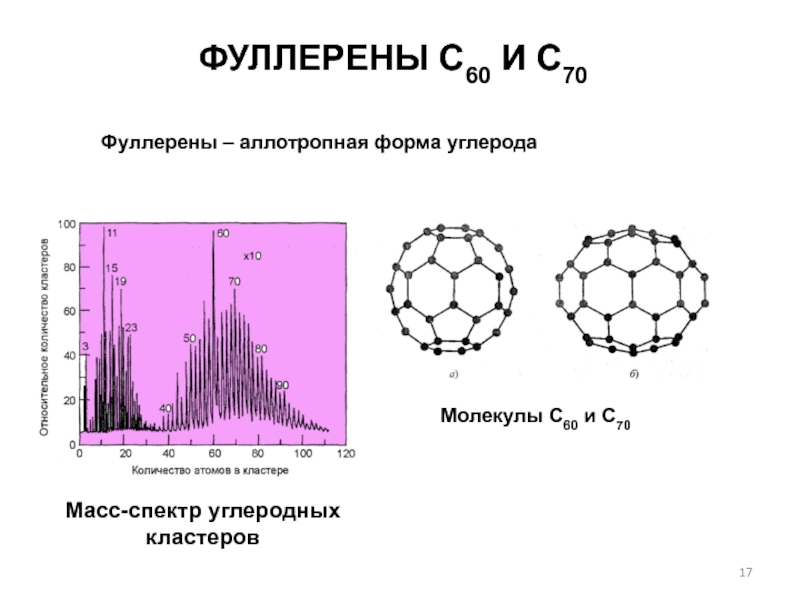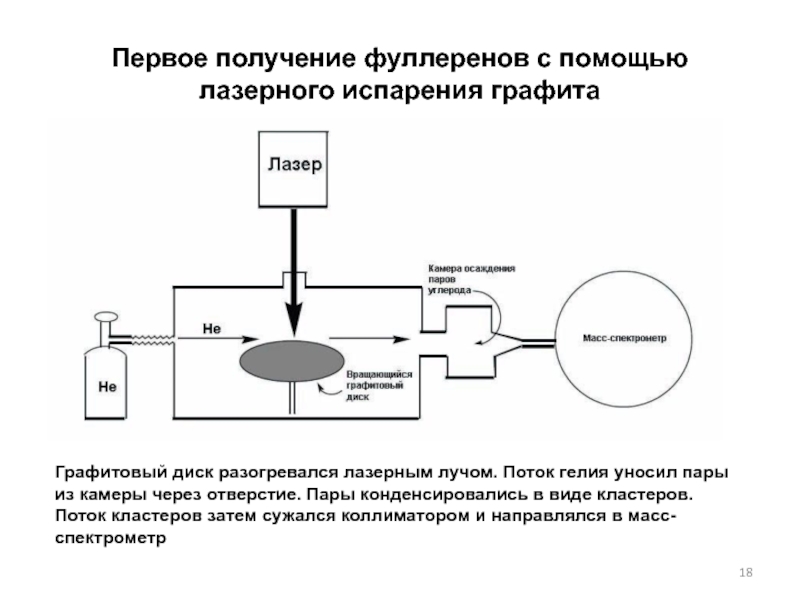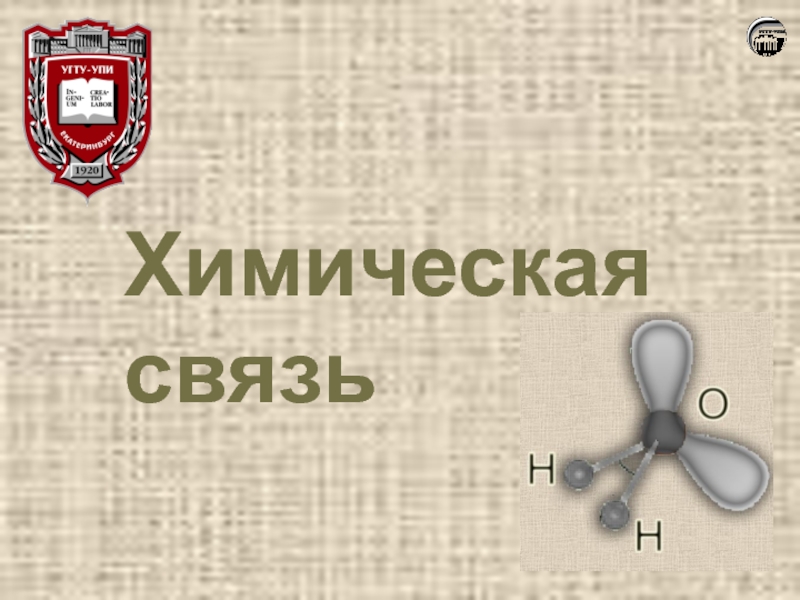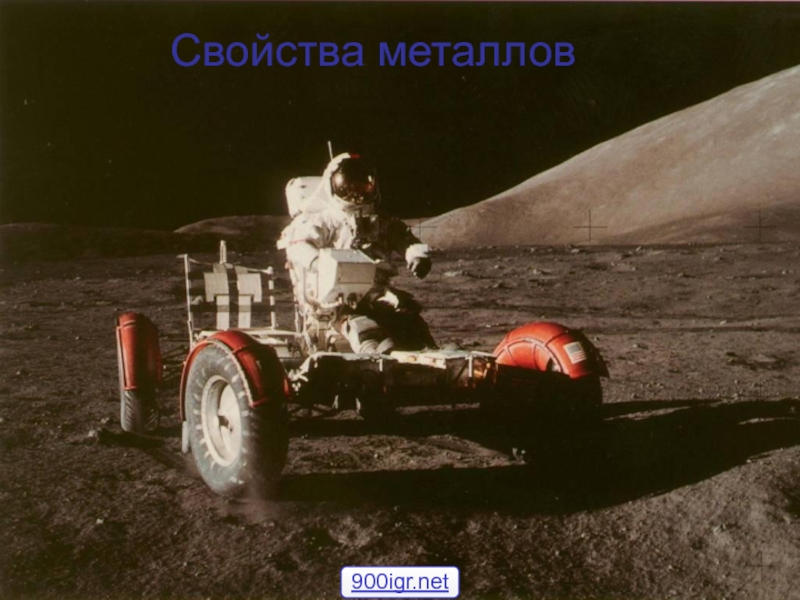- Главная
- Разное
- Дизайн
- Бизнес и предпринимательство
- Аналитика
- Образование
- Развлечения
- Красота и здоровье
- Финансы
- Государство
- Путешествия
- Спорт
- Недвижимость
- Армия
- Графика
- Культурология
- Еда и кулинария
- Лингвистика
- Английский язык
- Астрономия
- Алгебра
- Биология
- География
- Детские презентации
- Информатика
- История
- Литература
- Маркетинг
- Математика
- Медицина
- Менеджмент
- Музыка
- МХК
- Немецкий язык
- ОБЖ
- Обществознание
- Окружающий мир
- Педагогика
- Русский язык
- Технология
- Физика
- Философия
- Химия
- Шаблоны, картинки для презентаций
- Экология
- Экономика
- Юриспруденция
A quantum computer презентация
Содержание
- 1. A quantum computer
- 2. Квантовый компьютер If you are a bit
- 3. Катализатор Катализ – увеличение скорости химической реакции
- 4. Катализ The Dissociation Model for Two-Atom
- 5. Каталитические свойства для нанокомпозита Cu/C 1 –
- 6. Kinetics for FeNi3/C nanocomposite synthesis under IR
- 7. Carbon nanotube growth mechanism In this case,
- 8. Carbon nanotube synthesis CH4(g) = C(s) +
- 9. FeNi3/C NANOCOMPOSITE AS A CATALYST FOR
- 10. Материалы в наноструктурном состоянии ЗАВИСИМОСТЬ
- 11. ЗАВИСИМОСТЬ СКОРОСТИ ДЕФОРМАЦИИ ОТ РАЗМЕРА ОБЪЕКТА
- 12. СООТНОШЕНИЕ МЕЖДУ ПРОЧНОСТЬЮ И ПЛАСТИЧНОСТЬЮ
- 13. ДИНАМИКА РАЗВИТИЯ МИКРОЭЛЕКТРОНИКИ
- 14. СКАНИРУЮЩИЙ ТУННЕЛЬНЫЙ МИКРОСКОП
- 15. САМООРГАНИЗАЦИЯ CD-ROM (AFM) ГРАФИТ (STM) Pd (STM) Ge (STM) Неустойчивость Белоусова в жидкости
- 16. ПЕРЕМЕЩЕНИЕ АТОМОВ ПО ПОВЕРХНОСТИ а) СО а)
- 17. ФУЛЛЕРЕНЫ С60 И С70 Фуллерены – аллотропная
- 18. Первое получение фуллеренов с помощью лазерного испарения
Слайд 2Квантовый компьютер
If you are a bit from an existing computer you
Какие преимущества имеет квантовый компьютер?
Слайд 3Катализатор
Катализ – увеличение скорости химической реакции благодаря участию дополнительного вещества, названного
Каким образом происходит катализ реакции?
Слайд 4Катализ
The Dissociation Model for
Two-Atom Molecule
Chemisorption
The diatomic molecule is
hydrogen peroxide oxygen + water. (1)
2H2O2(aq) O2(g) + 2H2O(l)
Как вы сможете подтвердить увеличение каталитических свойств ZnO, CuO и MnO, соответственно ?
Слайд 5Каталитические свойства для нанокомпозита Cu/C
1 – methyl alcohol (МC);
2 –
The nanocomposite with nanoparticles Cu catalyzes methanol oxidation at a room temperature. In the gas chromatogram the formaldehyde formation, a product of methanol oxidation, is shown.
Какой катализатор используется в реакции окисления метанола?
2CH3OH+О2 →2CH2O+2H2О
Cu
Что такое активные центры катализатора?
Catalysis stages
Adsorbing CH3OH at
Cu active sites.
2. Desorbing CH2O and H2О
Какие стадии катализа?
Слайд 6Kinetics for FeNi3/C nanocomposite synthesis under IR heating (Russia Patent №
(1) dα/dT of a composite FeCl3·6H2O/NiCl2·6H2O/PAN ; Heat-flow rate vs T:
(2) FeCl3·6H2O/NiCl2·6H2O/PAN; (3) FeCl3·6H2O; (4) NiCl2·6H2O
Thermochemical parameters
for nanocomposite synthesis
FeNi3/C,
CFe=CNi=10 mas. %, SEM
How can the catalyst be defined
by TGA and DSC methods?
Слайд 7Carbon nanotube growth mechanism
In this case, CO is adsorbed at the
2CO → C + CO2↑ (1)
Слайд 8Carbon nanotube synthesis
CH4(g) = C(s) + 2H2(g)
1 – a quartz
5 - a thermocouple
After blowing through the reactor 1 by using Ar and He (T=550-1000°С) CH4 is fed. CH4 is sorbed by the active catalyst centers where the reaction 1 occurs and carbon like carbon nanotubes and H2 are formed. This method is called chemical vapor deposition or shortly noted as a CVD method.
How is a carbon nanotube synthesized by using CH4 ?
Слайд 9FeNi3/C NANOCOMPOSITE AS A CATALYST
FOR GROWING CARBON NANOTUBES
The catalyst is
The CVD method (CH4 , H2). The set – CCVD-2P; Тgrow=600 °С; dfiber≈3 mkm
СFe=СNi=10 mas. %, 600 °С
SEМ
TEM
АFМ
The nanocomposite FeNi3/C may be used as a catalyst for growing CNs. Metal nanoparticles are uniformly distributed and promote the CN growth. The vapor deposition method using the mixture CH4 and H2 employs. In the SEM photo, the tube containing a lot of carbon nanotubes can be observed. The tube diameter is about 3 mkm.
Why is the nanocomposite FeNi3/C used as a catalyst for
growing carbon nanotubes?
Слайд 10Материалы в наноструктурном состоянии
ЗАВИСИМОСТЬ
ПРОЧНОСТИ МАТЕРИАЛОВ ОТ КОНЦЕНТРАЦИИ ДЕФЕКТОВ
Головин Ю.И. Введение
G - модуль сдвига.
Слайд 16ПЕРЕМЕЩЕНИЕ АТОМОВ ПО ПОВЕРХНОСТИ
а) СО
а) Fe на Cu(111)
а) горизонтальный и
б)
перемещения
